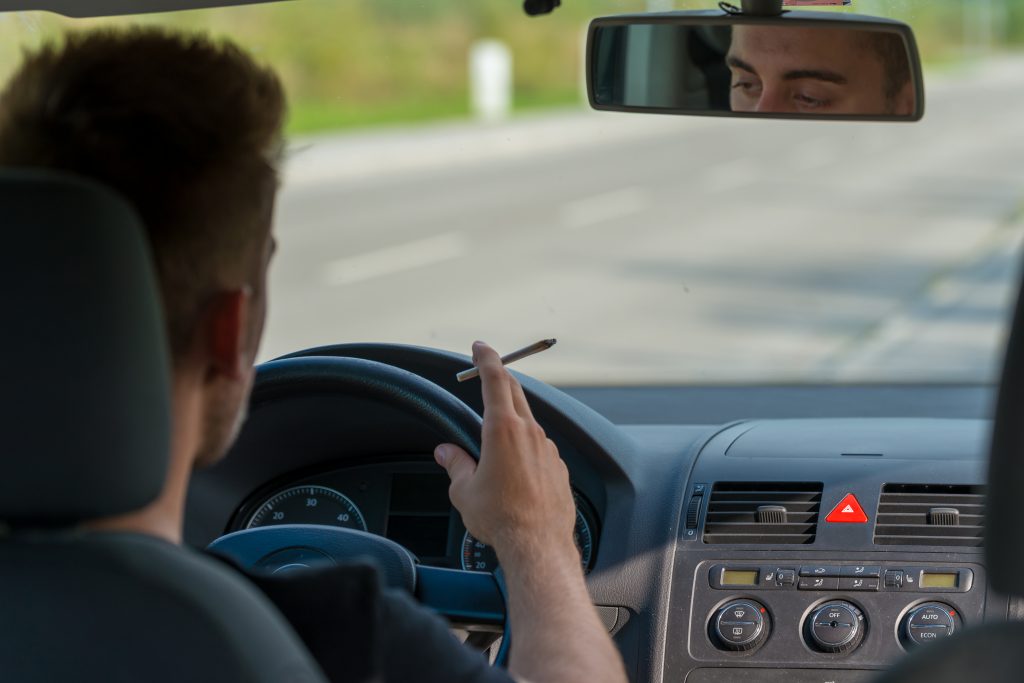Pot Legalization Link To Car Crashes Variesby State, Study Finds

Max Dorfman, Research Writer, Triple-I
Recreational marijuana use is associated with automobile crash trends, according to a paper published in the Journal of Studies on Alcohol and Drugs. However, the study also noted that retail marijuana sales aren’t solely responsible for the general rise in accidents.
Legalization of recreational marijuana use was correlated to a 6.5 percent growth in the rate of crashes involving injuries and a 2.3 percent rise in those involving fatalities. With legalization and retail sales, the study found that the total impact was a 5.8 percent rise in injury crash rates and a 4.1 percent increase in fatal crash rates.
But these results were inconsistent across states, with the effects on injury crash rates varying from a 7 percent decrease to an 18 percent rise and fatal crash rates ranging from a 4 percent increase to a 10 percent decline. Colorado experienced the biggest rise in injury crash rates after legalization and retail sales, coming in at 17.8 percent. Nevada experienced the largest decline in fatal crashes, at 9.8 percent.
“Legalization removes the stigma of marijuana use, while the onset of retail sales merely increases access,” said lead researcher Charles M. Farmer of the Insurance Institute for Highway Safety. “But access to marijuana isn’t difficult, even in places without retail sales. Users who previously avoided driving high may feel that it’s okay after legalization.”
Farmer added, “Studies looking for a direct causal link between marijuana use and crash risk have been inconclusive.” Unlike with alcohol, no objective measure yet exists for how impaired a marijuana user has become.
As Triple-I notes, most studies find that marijuana use results in impaired coordination, memory, associative learning, attention, cognitive flexibility, and reaction time. Although it is clear from this research that driving ability is diminished, the extent of impairment continues to be studied.
Younger drivers are at higher risk of traffic accidents than older drivers, with younger male drivers at high risk. Early evidence indicates that younger male drivers are most likely to drive under the influence of marijuana.
Another study, in the journal Drug and Alcohol Dependence, suggests chronic, heavy use of recreational marijuana impairs driving skills, even when the driver is not high, with those who started regularly using marijuana before 16 years old showing the worst results.
These results demonstrate that the effects of marijuana vary widely across demographic groups, making it all the more important for everyone to be cautious when using the drug.





